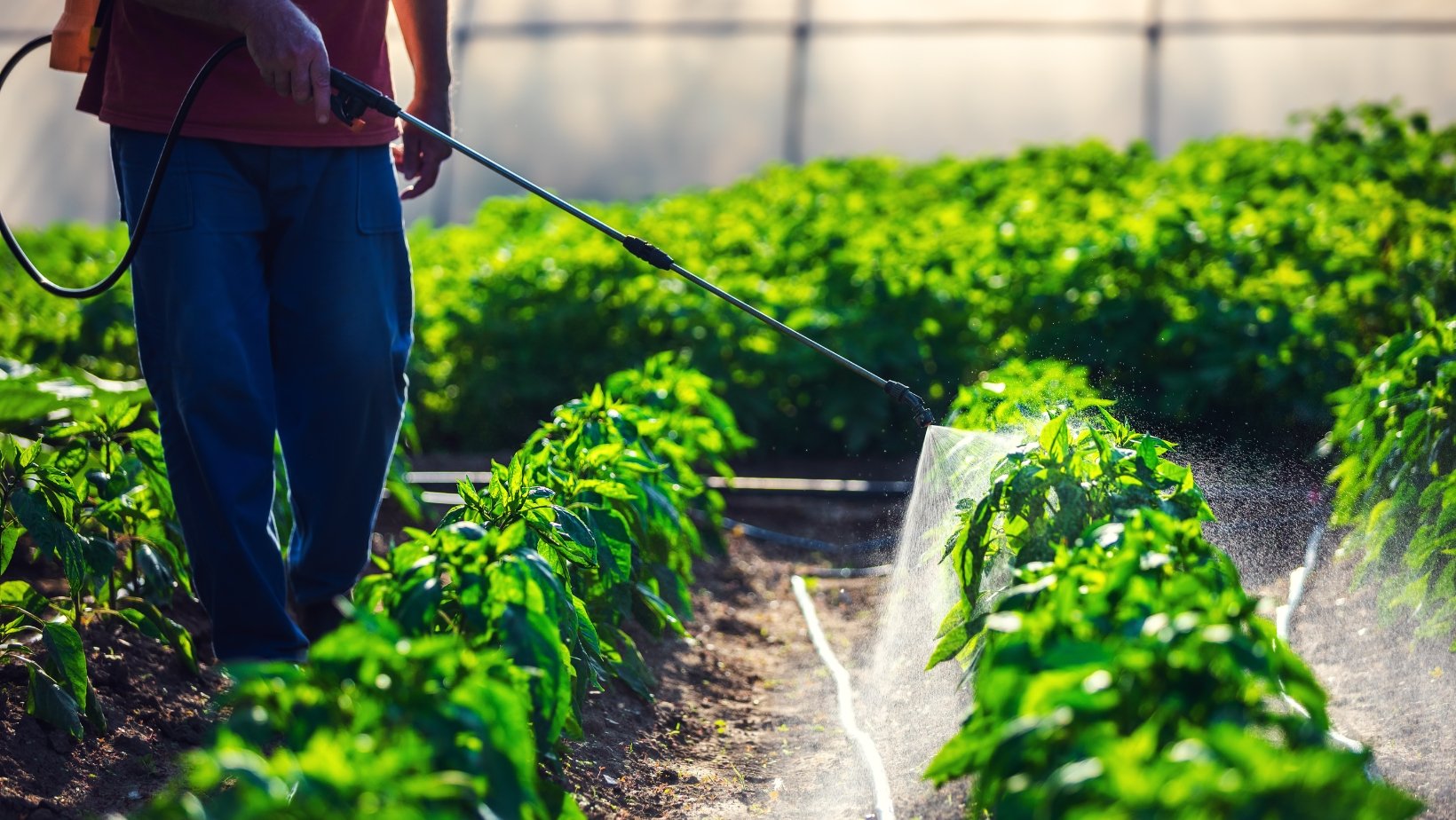Integrated pest management (IPM) is a holistic approach to managing pests that emphasizes preventive measures and using natural controls whenever possible. IPM programs use various techniques to manage pests, including biological control, mechanical control, cultural control, and chemical control.
The goal of IPM is to manage pests in a way that minimizes economic, health, and environmental risks. IPM programs are designed to be proactive, rather than reactive, in order to prevent pest problems before they occur.
IPM programs are customized to each individual situation and take into account the specific needs of the site, the pest species involved, and the desired level of pest control. IPM programs are flexible and can be adjusted as new information becomes available.
IPM is an effective and environmentally-friendly approach to pest management that can be used in both residential and commercial settings.
What are some organic IPM methods?
Organic pest management is a process of controlling pests that emphasizes using natural methods to reduce or eliminate the use of synthetic pesticides. Many organic methods can be used to control pests, and each has its advantages and disadvantages. Some common organic pest management methods include:
- Physical controls - Physical controls involve using physical barriers or traps to prevent pests from entering your home or garden. For example, you can use screens on your windows and doors to keep insects out, or you can use sticky traps to catch rodents.
- Biological controls - Biological controls involve using other organisms to control pests. For example, you can introduce ladybugs into your garden to eat aphids, or you can use nematodes to control grubs.
- Cultural controls - Cultural controls involve changing the way you grow plants or manage your garden in order to discourage pests. For example, you can "companion plant" certain herbs that repel insects, or you can practice crop rotation to reduce the chances of disease.
What are some chemical-based integrated pest management methods?
Chemical-based integrated pest management (IPM) methods use pesticides to manage pests. IPM is a holistic approach to pest management that focuses on preventing, managing, and controlling pests using a combination of chemical, physical, and biological controls.
An organic, OMRI listed, 3-in-1 insecticide, miticide, and fungicide like Grower's Ally Crop Defender 3 is extremely effective as a preventative but if you were too late to prevent, it works wonders as a treatment measure. Crop Defender 3 can be used safely up until the last day of harvest and tests clean when it comes time to get your product tested by the regulatory
There are many different types of pesticides, each with its own specific mode of action. Pesticides can be classified as insecticides, herbicides, fungicides, rodenticides, and molluscicides. Insecticides are used to kill or control insects, while herbicides are used to kill or control plants. Fungicides are used to kill or control fungi, while rodenticides are used to kill or control rodents. Molluscicides are used to kill or control mollusks (snails and slugs).
Pesticides can be applied using a variety of methods, including spraying, baiting, dusting, and fumigation. Spraying is the most common method of applying pesticides. Baiting involves placing pesticide-laced bait in an area where pests are active. Dusting involves applying a fine powder of pesticide to an area where pests are active. Fumigation involves using a gas or vapor to kill pests in an enclosed space, such as a home or office.
IPM programs use a variety of pest management techniques, including monitoring, identification, and treatment. Monitoring involves regular check-ups of an area to determine the presence of pests and the extent of the infestation. Identification involves correctly identifying the pest in order to select the most effective treatment method. Treatment involves using pesticides or other control methods to eliminate or reduce the population of pests.
IPM programs are designed to minimize the use of pesticides while still achieving effective pest management. IPM programs often use a combination of chemical and non-chemical control methods to achieve this.
How do you decide which method of IPM to use?
The first step is to decide what level of IPM you need. IPM can be used for entire landscapes or for specific areas, such as gardens or turf. It can also be used indoors, such as in schools, office buildings, or homes. The key is to tailor the IPM program to the needs of the particular site. If you can manage pests without chemicals we recommend starting there. But sometimes it's not possible and in those cases, you can use a combination of both.
In a commercial setting, IPM would look something like having a containment and sterilization entrance to the facility where you will basically get fogged with a broad spectrum all-in-one insecticide, miticide, and fungicide to ensure you aren't bringing any pests or pathogens in on your body. This measure plus proactively applying an insecticide, fungicide, and miticide allows you to use that formula less often and more diluted than if you were treating an infestation or PM (powdery mildew) gone wild.





